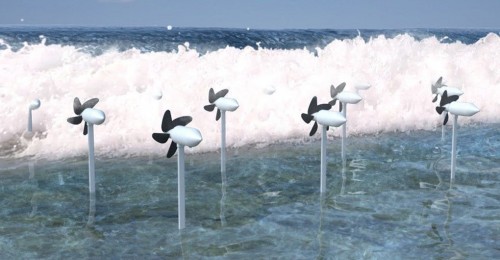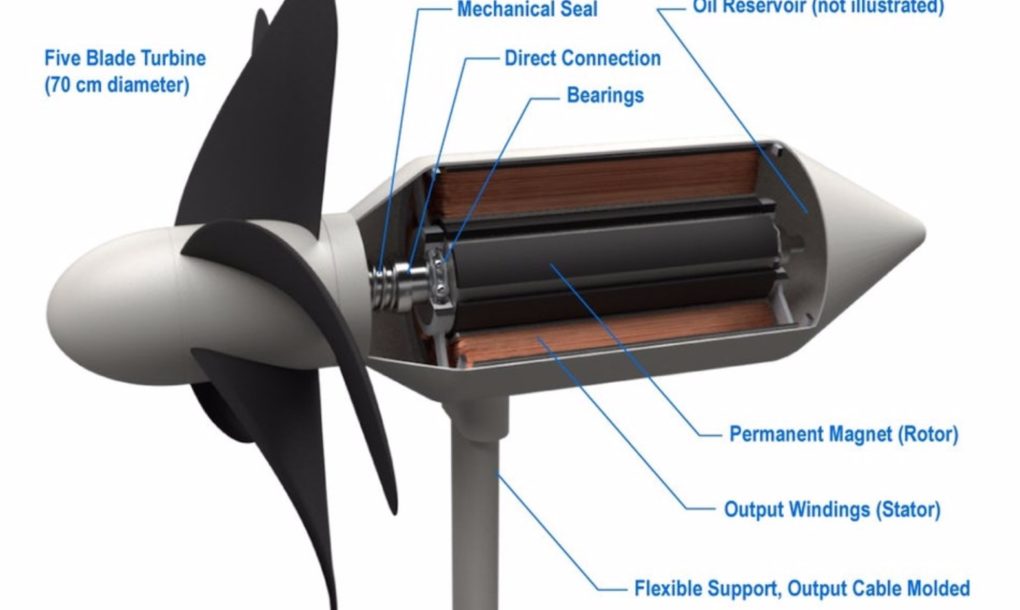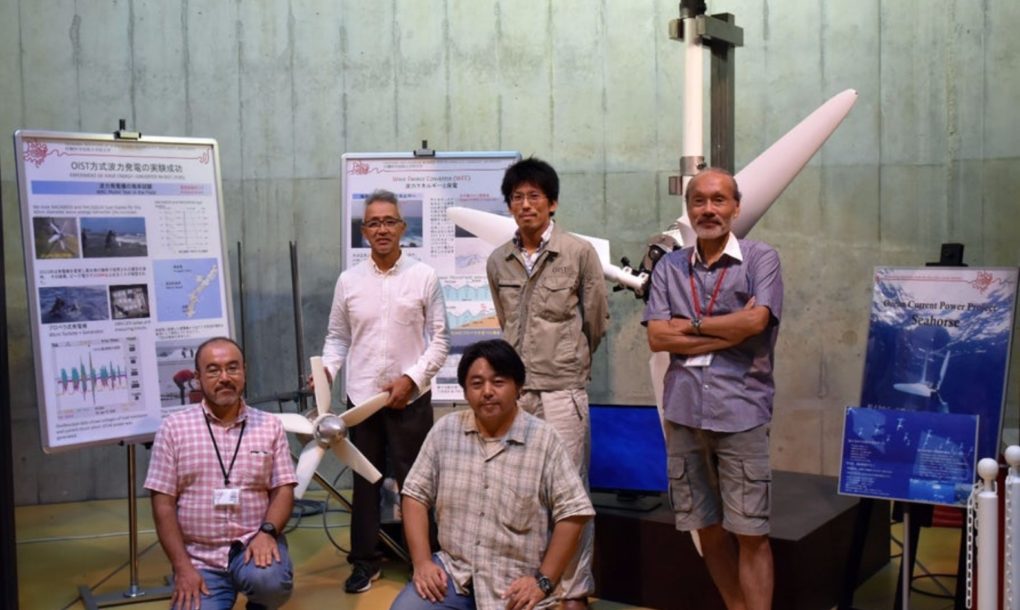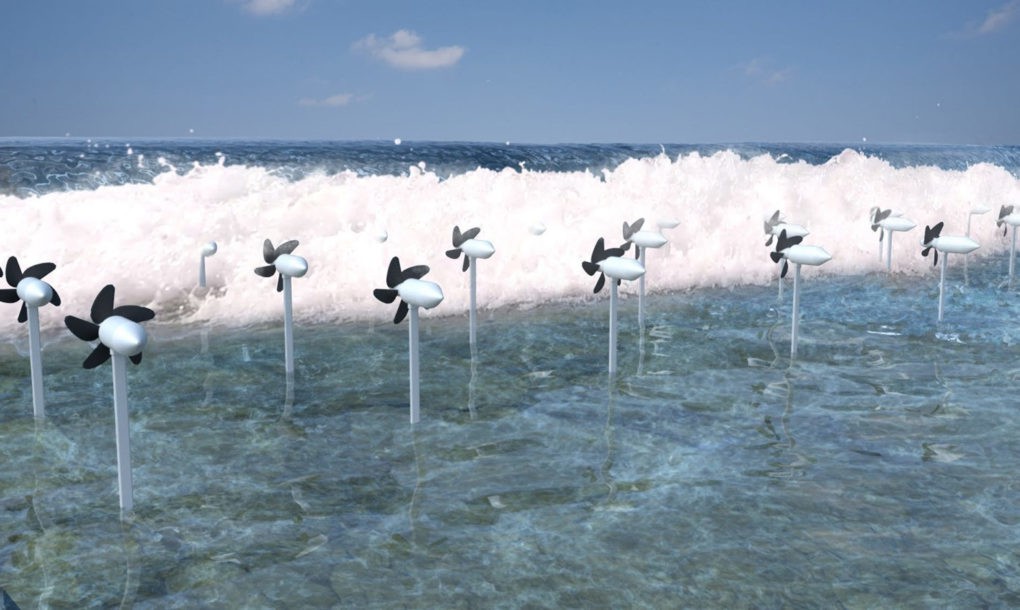RECOMMENDED VIDEOS

TS Solartech : Solar Cells Manufacture In Malaysia
TS Solartech Sdn Bhd

20MW Semi-automatic turnkey solar module manufacturing
Ecoprogetti SRL

Sol Present - The Solution to Climate Change
Sol Present

Our energy, your way
AGL Energy

THERMOSHIELD
Liquid Insulation Sdn. Bhd.
Related Stories
The largest solar farm apiary in the US opens this week
The City of London will be powered with 100% renewable energy by October 2018
New study suggests that plastic waste may be transformed into usable energy
Uravu’s zero-electricity Aqua Panels produce gallons of water from thin air
104% of Portugal’s electricity consumption in March came from renewable energy
07 Oct, 2017

New Japanese turbines harvest wave energy and protect coastlines from erosion
Renewable Energy & Energy Efficiency | JAPAN | 27 Sep, 2017
Published by : Eco Media Asia
Surf’s up! Researchers from the Okinawa Institute of Science and Technology (OIST) in Japan are working to create special turbines that harvest the renewable energy of waves while simultaneously protecting coastlines from erosion. The turbines are designed to be anchored to the sea floor with mooring cables near tetrapods (star-shaped concrete structures designed to reduce erosion) or natural barriers such as coral reefs. These structures have enormous potential to dampen the impact of powerful waves on shorelines and capture the seemingly endless oceanic energy.

The wave turbine’s pairing with a solid, anchored structure could take advantage of preexisting infrastructure in Japan. “Surprisingly, 30% of the seashore in mainland Japan is covered with tetrapods and wave breakers,” said Professor Tsumoru Shintake, the lead researcher on the project. “Using just 1% of the seashore of mainland Japan can [generate] about 10 gigawats [of energy], which is equivalent to 10 nuclear power plants. That’s huge.” Each turbine would feature spinning blades attached to a permanent magnet electric generator, protected by a ceramic layer to keep seawater out. The energy captured from the waves would then be sent through a cable down the structure and back to shore for grid usage.

The turbines are designed with safety in mind. In order to avoid harming wildlife, the speed of the blades is calibrated so that any animal caught into them are able to harm. Similarly, the blades are flexible, like dolphin fins, to avoid cracking under powerful storms and swells. The support structure is also bendable. Each turbine is estimated to last for ten years before needing to be replaced, but its creators are thinking even further into the future. “I’m imagining the planet two hundred years later,” said Shintake. “I hope these [turbines] will be working hard quietly, and nicely, on each beach on which they have been installed.”

Article from inhabitat.com
by Greg Beach
